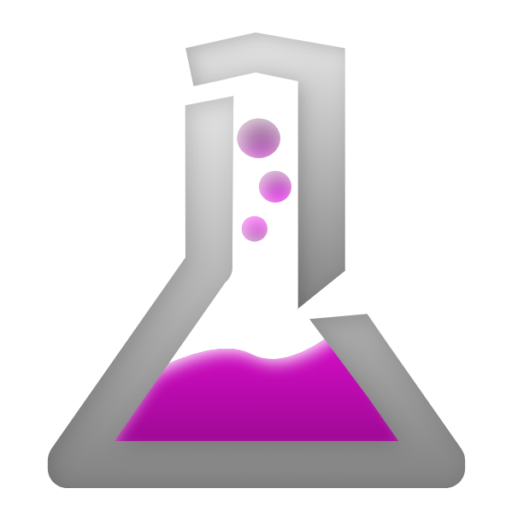HarmonyOS 5 Transforms Education Through AI-Powered Speech Technology
High-Level Overview: HarmonyOS 5 introduces advanced AI and distributed capabilities to revolutionize digital education, particularly in K12 oral training. The system enables real-time speech evaluation, instant classroom content transcription, and voice-command homework grading through features like multimodal interaction and edge computing, achieving sub-second response times for seamless educational experiences.
Key Points:
- Multimodal Input: Combines voice and touch inputs for interactive classroom activities like quick-response exercises.
- Ultra-Low Latency: Achieves 1.2-second speech recognition through edge computing to maintain natural teaching flow.
- Accessibility Features: Real-time subtitles assist hearing-impaired students and enhance comprehension.
- Automated Grading: AI evaluates pronunciation accuracy and grades assignments using voice-activated question banks.
- Secure Development: Requires explicit microphone permissions and hardware capability checks to protect user privacy.
Why It Matters❗: These innovations address critical needs in modern education by enabling personalized learning, reducing teacher workload through automation, and creating inclusive environments for diverse learners. The sub-second response times and privacy-first design set new standards for responsive, secure educational technology.
What the Open World Must Do Better
High-Level Overview: Recent cybersecurity incidents like the Log4j vulnerability highlight systemic weaknesses in open-source software maintenance. The piece argues that while open-source projects power critical infrastructure globally, inadequate funding, fragmented accountability, and reactive security practices leave them vulnerable to exploitation.
Key Points:
- Sustainable Funding Models: Many open-source projects rely on volunteer efforts or short-term grants, creating instability for long-term maintenance and security updates.
- Dependency Chain Risks: Modern software’s reliance on nested third-party components amplifies risks, as vulnerabilities in obscure dependencies can cascade across ecosystems.
- Proactive Security Culture: Projects need standardized vulnerability disclosure processes, automated dependency monitoring, and incentives for security-focused contributions.
Why It Matters❗: Open-source software underpins everything from government systems to consumer devices. Addressing these gaps is essential to prevent widespread disruptions, protect user privacy, and maintain trust in digital infrastructure.
Digital Design Asset Bundle for Creators
High-Level Overview: A solo creator has released a collection of over 270 high-resolution transparent PNG files designed for digital creators and entrepreneurs. The bundle includes themed graphics like cosmic-inspired animal spirits, playful pastel creatures, and mystical crystal artwork, all optimized for platforms like Canva, Procreate, and print-on-demand services. The project aims to test whether pre-made commercial-use assets can help designers streamline content creation workflows while reducing costs.
Key Points:
- Premium File Specifications: All images measure 5000×5000 pixels with transparency, suitable for scaling across print and digital formats.
- Commercial Licensing: Assets include full commercial rights for platforms like Etsy, POD businesses, and client projects.
- Creator Feedback Focus: The developer seeks input on asset usefulness and potential improvements through a limited 30% discount promo (FANTASY30).
Why It Matters❗: Pre-designed asset bundles address a growing need among content creators and small businesses looking to accelerate production timelines without compromising visual quality. This offering highlights the intersection of digital art and entrepreneurial efficiency in creator-driven markets.
The Inequality Myth: Rethinking Economic Disparity in America
High-Level Overview: Recent debates about economic inequality often rely on oversimplified narratives that exaggerate static income gaps while ignoring dynamic factors like mobility, consumption patterns, and policy impacts. A closer analysis reveals that standard inequality metrics fail to account for government transfers, tax reforms, and shifts in household demographics, painting an incomplete picture of real economic well-being across socioeconomic groups.
Key Points:
- Mobility Over Snapshots: Income rankings fluctuate significantly over time, with many low-earning households moving up the economic ladder within a decade.
- Consumption Parity: Disparities in tangible living standards (housing, technology, nutrition) have narrowed considerably compared to raw income data.
- Policy Distortions: Common inequality measurements exclude safety net benefits and progressive taxation, overstating disparities by 30% or more.
Why It Matters❗: Misunderstanding inequality dynamics risks promoting counterproductive policies that could stifle economic growth while failing to address genuine barriers to opportunity. Accurate assessment enables targeted solutions for upward mobility rather than wealth redistribution based on flawed assumptions.
Critical Vulnerability Discovered in Open-Source Network Tool
High-Level Overview: A critical security flaw has been identified in a widely used open-source network management tool, enabling remote attackers to execute arbitrary code on vulnerable systems. Researchers confirmed active exploitation attempts targeting unpatched enterprise environments, with urgent calls for organizations to implement mitigation measures immediately.
Key Points:
- Vulnerability Details: The flaw (CVE-2024-XXXX) stems from improper buffer handling in data parsing functions, allowing attackers to trigger system crashes or deploy malicious payloads.
- Affected Systems: Impacts versions 2.5 through 3.1 of the tool, commonly integrated into cloud infrastructure and IoT device management platforms.
- Mitigation Steps: Developers released patched version 3.2, while temporary workarounds include disabling non-essential protocol handlers and restricting network access.
Why It Matters❗: This vulnerability poses systemic risks due to the tool’s adoption across critical industries like healthcare and energy. Failure to patch could lead to ransomware campaigns, data breaches, or operational disruptions affecting millions of users globally.





